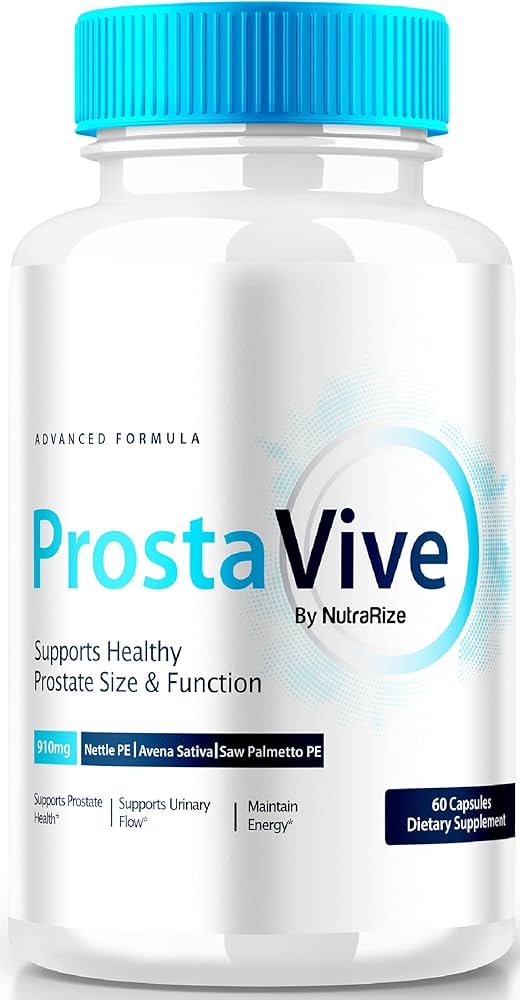Vacuum forming is a widely-used manufacturing process that involves the shaping of plastic sheets into various forms and products through the application of heat and vacuum pressure. This method is known for its efficiency, cost-effectiveness, and versatility. In this article, we will delve into the world of vacuum form plastic sheets, discussing their composition, manufacturing process, versatility, applications across industries, and frequently asked questions (FAQ) surrounding their use.
What are Vacuum Form Plastic Sheets?
Vacuum form plastic sheets, known simply as vacuum form sheets, are flat thermoplastic sheets that can be molded into three-dimensional shapes when heated and subjected to vacuum pressure. The process of vacuum forming is commonly used to create packaging materials, casing for various industrial products, prototypes, and decorative elements. The versatility of vacuum form sheets is largely attributed to the wide range of thermoplastic materials available for the vacuum forming process.
Types of Thermoplastic Sheets for Vacuum Forming
The most commonly used thermoplastic sheets in vacuum forming include:
- Acrylic (PMMA): Known for its clarity and durability, acrylic is commonly used in signage, displays, and lighting elements.
- Polycarbonate (PC): With high impact resistance, polycarbonate sheets are often used in applications requiring high durability, such as safety equipment and protective barriers.
- Polyvinyl Chloride (PVC): Used for both rigid and flexible forms, PVC is popular in the construction industry, as well as in packaging and signage.
- High-Density Polyethylene (HDPE): Known for its chemical resistance and durability, HDPE is suitable for applications like containers, lids, and other durable products.
- Polystyrene (PS): Often used in food packaging and disposable items due to its lightweight and cost-effective nature.
The Vacuum Forming Process
The vacuum forming process involves several key steps:
- Heating the Thermoplastic Sheet: The thermoplastic sheets are heated in an oven until they reach a pliable state.
- Positioning the Mold: A mold (made from materials such as aluminum, wood, or plastic) is positioned beneath the heated sheet.
- Vacuum Application: Once the sheet is pliable, it is lowered over the mold. A vacuum is then applied, sucking the air between the sheet and the mold, which allows the plastic to form tightly around the mold’s contours.
- Cooling and Solidifying: The formed plastic is cooled, solidifying into the desired shape.
- Trimming and Finishing: Finally, any excess material is trimmed away, and the finished product is prepared for use.
Advantages of Vacuum Forming
- Cost-Effectiveness: The Vacuum forming machine plastic sheets process can produce large quantities of parts quickly and cost-efficiently, making it an appealing option for manufacturers.
- Versatility: Vacuum forming can accommodate a wide variety of designs, shapes, and sizes, making it suitable for different applications.
- Material Variety: The use of various thermoplastics provides flexibility in choosing the right material for specific operational requirements.
- Speed: The process is rapid, allowing for quick changes in design and fast adaptations to market demands.
- Lightweight Yet Durable: Products made from vacuum-formed plastic sheets are often lightweight but retain structural integrity and durability.
Applications of Vacuum Form Plastic Sheets
Vacuum form sheets have a broad range of applications across various industries. Some notable examples include:
1. Packaging
One of the most common applications of Vacuum form sheets is packaging. These sheets can create trays, clamshells, and protective packaging for products ranging from electronics to food items. The clarity and durability of materials like acrylic make them ideal for creating packaging that is both attractive and functional.
2. Automotive Industry
In the automotive sector, vacuum-formed thermoplastic sheets are used in various components, including dashboard covers, interior trim pieces, and protective molds. Their lightweight nature helps enhance fuel efficiency while still providing protective barriers.
3. Signage and Displays
Vacuum forming is commonly used to create elegant and eye-catching signage and display materials. With its capability to produce detailed shapes and high-gloss finishes, vacuum form sheets are frequently applied in retail environments for point-of-purchase displays.
4. Appliances and Electronics
Vacuum-formed materials are often used to create housings and casings for various appliances and electronics. The design flexibility allows manufacturers to achieve aesthetically pleasing shapes while keeping production costs down.
5. Prototyping
Rapid prototyping is another significant application of vacuum form sheets. Designers use this method to create quick and cost-effective prototypes of their products for testing and evaluation, allowing for easy adjustments before mass production.
6. Medical Applications
In healthcare, vacuum-formed parts may be used for medical trays, clamshell packaging for single-use items, and even custom molds for protective gear. The hygienic nature of many thermoplastics makes them suitable for medical use.
Pulkit Plastic Products: Your Source for Quality Vacuum Form Sheets
If you are looking for high-quality Thermoplastic sheets for vacuum forming Pulkit Plastic Products has got you covered. With comprehensive expertise in manufacturing and supplying a wide variety of thermoplastic sheets for vacuum forming, Pulkit Plastic Products ensures you receive durable, versatile, and reliable materials tailored to your needs.
Conclusion
Vacuum form plastic sheets represent a dynamic and versatile solution in modern manufacturing, with widespread applications ranging from packaging to automotive manufacturing. Utilizing thermoplastic sheets for vacuum forming provides manufacturers with a valuable tool to meet their production needs efficiently. With the right choice of materials, manufacturers can create innovative and high-quality products that meet the demands of their respective industries. For those seeking expertise and reliable products, Pulkit Plastic Products stands out as a trusted supplier, delivering high-quality vacuum form sheets tailored to a wide range of applications.
Frequently Asked Questions (FAQ)
1. What thickness of vacuum form sheets is available?
Vacuum form sheets are available in various thicknesses, generally ranging from 0.5 mm to 6 mm, depending on the specific material and application requirements.
2. How do I choose the right material for my vacuum forming project?
Selecting the appropriate material depends on several factors, including the final application, environmental conditions, budget, and desired aesthetics. Consulting with a manufacturer like Pulkit Plastic Products can help you choose the right material.
3. Can vacuum form sheets be used for outdoor applications?
Yes, many thermoplastics used in vacuum forming are durable and UV-resistant, making them suitable for outdoor applications. However, it’s essential to verify each material’s specific properties to ensure weather resistance.
4. Are vacuum-formed parts recyclable?
Most thermoplastic materials used in vacuum forming are recyclable. However, recycling capabilities vary based on local regulations and the specific type of plastic used.
5. How long will it take to produce vacuum-formed parts?
Production time can vary based on the complexity of the design and the volume of parts being manufactured. Simple designs can be produced in a matter of days, while more complex needs may require longer lead times.
Also Read
- ► World777: A Beginner’s Guide to Starting Everything
- ► How Nasha Mukti Kendra in Ghaziabad Helps Patients Overcome Alcohol Dependency
- ► LBW Full Form and How It Impacts Both Batsmen and Bowlers in Cricket
- ► Get Ready to Explore: Kailash Mansarovar Yatra by Helicopter from Kathmandu
- ► Cash for Silver: Unlock the Value of Your Precious Metal
- ► What Sets Milano Products Apart from Competitors?
- ► How to Choose the Right Kjellberg Consumables for Your Plasma Cutting Projects
- ► Best 7 Language Learning Tips for Abroad-Going Students!
- ► Identifying Targets for Treating Neurological Disorders: Advances and Opportunities
- ► The Interleukin Superfamily: Pillars of Immune Regulation
- ► Chef and Cooking Course in Raw
- ► How to Choose the Perfect Villa in Goa: Essential Tips for Buyers
- ► Can Virtual Number Service Benefit Indian Educational Institutions?
- ► Investigation of Pharmacokinetics/pharmacodynamics (PK/PD) of Antibody Drug
- ► The Ultimate Guide to Hair Restoration in Islamabad





